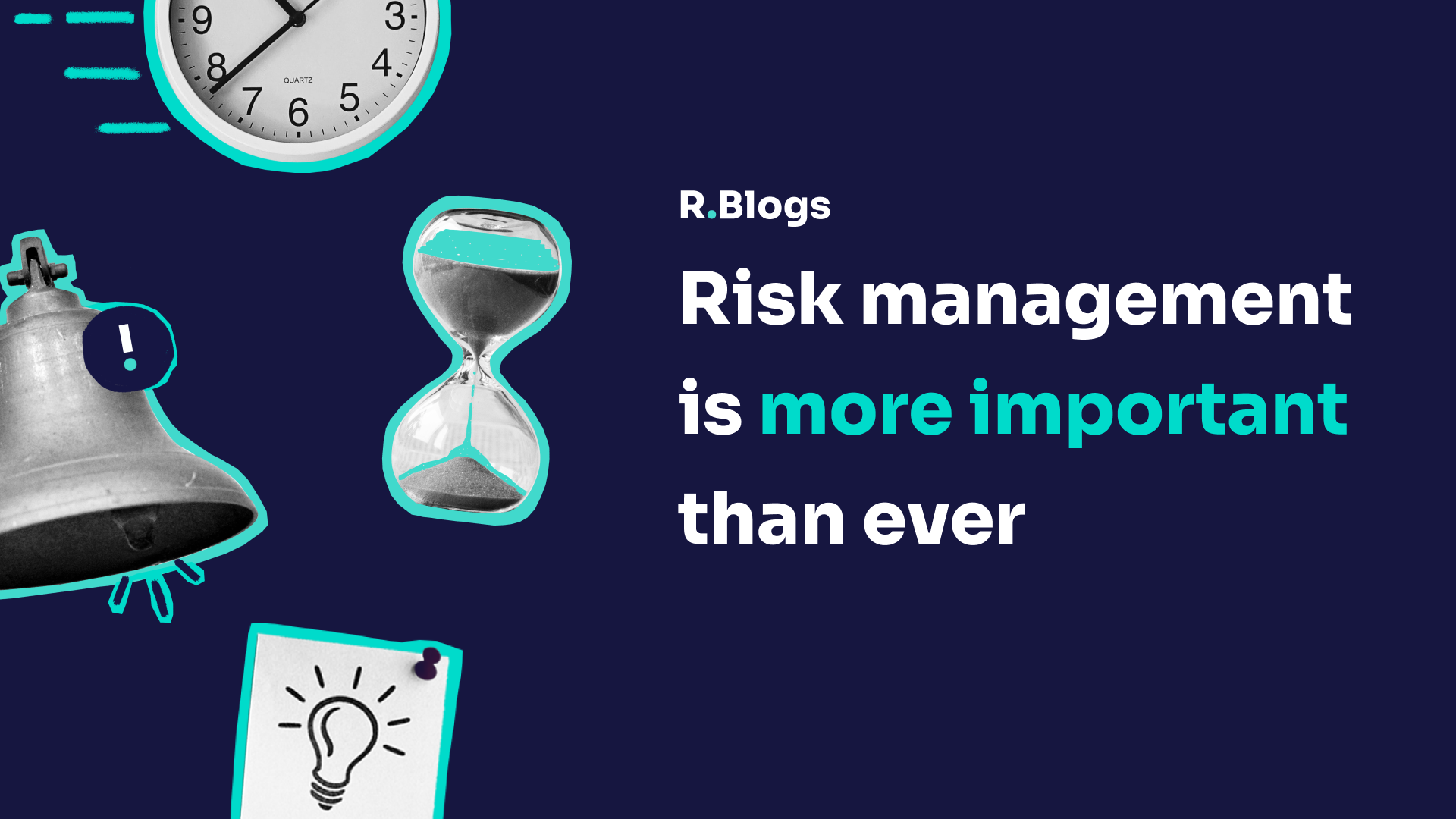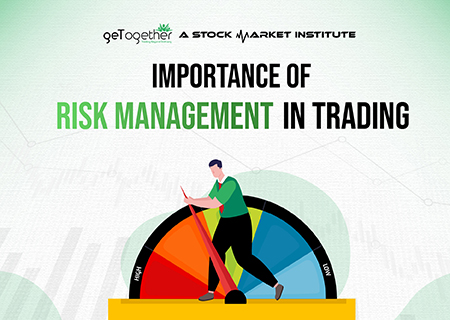Exploring the Relevance of Risk Management for Effective Decision-Making Approaches
In the detailed world of organization, Risk Management becomes a vital consider the decision-making process. The capacity to recognize possible hazards and opportunities, and strategize appropriately, can lead to the difference between success and failure. With tools such as SWOT and PESTEL, organizations are furnished to make enlightened choices, cultivating strength and adaptability in an ever-changing atmosphere. Wondering just how this works? Let's unpack the characteristics even more.
Comprehending the Concept of Risk Management
Risk Management, a vital part in decision-making, is commonly misconstrued or oversimplified. Risk Management includes structured and disciplined approaches, making use of information and insightful evaluations. From monetary uncertainties, lawful obligations, calculated Management mistakes, to crashes and all-natural calamities, it addresses different threats - importance of risk management.
The Function of Risk Management in Decision-Making Processes
In the world of critical planning and company operations, Risk Management plays an essential function in decision-making procedures. Risk Management therefore comes to be a vital device in decision-making, aiding leaders to make educated options based on a comprehensive understanding of the dangers entailed. Risk Management offers as a vital element in the decision-making procedures of any kind of company.

Exactly How Risk Management Boosts Strategic Planning
In the context of calculated preparation, Risk Management plays a critical role. Starting with the recognition of possible dangers, it additionally includes the implementation of Risk mitigation measures. The duty of Risk Management is dynamic yet not static, as it demands consistent tracking and adjusting of techniques.
Identifying Potential Threats

Carrying Out Risk Reduction
Having established the importance of determining possible threats, the following step is to explore Risk mitigation. This process includes establishing and carrying out methods to take care of recognized threats properly. It is an essential aspect of tactical planning as it improves decision-making by lessening possible adverse end results. Risk reduction strategies can vary from Risk evasion, Risk transfer, to risk reduction. Each method needs to be tailored to the specific Risk, considering its prospective influence and the organization's Risk tolerance. Moreover, reliable Risk reduction calls for a deep understanding of the Risk landscape and the potential effect of each Risk. This understanding allows organizations to prioritize risks and allocate sources successfully, guaranteeing that one of the most significant hazards are dealt with first.
Monitoring and Readjusting Methods
Though Risk reduction is a critical action in tactical preparation, constant monitoring and modification of these strategies is just as essential. This ongoing procedure enables organizations to identify new threats and reassess existing ones, guaranteeing the implemented methods continue to be efficient in the ever-changing service setting. It also provides an opportunity to examine the success of the Risk Management actions, permitting modifications to be made where required, more improving tactical preparation. Effective surveillance and adjustment call for making use of analytics and key performance indications (KPIs) to determine effectiveness. These devices provide beneficial data-driven insights that can educate strategic decision-making. Surveillance and readjusting Risk Management strategies is a critical element for boosting an organization's durability and calculated planning.
Situation Studies: Effective Risk Management and Decision-Making
In the globe of service and financing, successful Risk Management and decision-making typically serve as the pillars of visit the website flourishing business. These cases highlight the value of sharp Risk Management in decision-making procedures. These instances emphasize the vital role of Risk Management in strategic decision-making.
Devices and Techniques for Reliable Risk Management
These devices, such as Risk registers and warm maps, help in determining and analyzing prospective dangers. Risk reaction strategies, an essential pop over to this site part of Risk Management, include accepting, avoiding, transferring, or mitigating threats. With these methods and tools, decision-makers can navigate the complicated landscape of Risk Management, thus helping with notified and efficient decision-making.
Future Trends in Risk Management and Decision-Making Approaches
As we discover the huge landscape of Risk Management, it ends up being evident that the methods and tools used today will proceed to progress. The idea of Risk culture, where every member of a company is aware and entailed in Risk Management, will certainly get a lot more prominence. These fads herald an even more aggressive and inclusive approach in the direction of Risk Management and decision-making.
Final thought

Risk Management thus comes to be a vital tool in decision-making, helping leaders to make informed selections based on an extensive understanding of the dangers entailed. Risk mitigation approaches can vary from Risk evasion, Risk transfer, to risk decrease (importance of risk management). Reliable Risk mitigation calls for a these details deep understanding of the Risk landscape and the potential impact of each Risk. Risk response approaches, a crucial element of Risk Management, involve approving, preventing, transferring, or mitigating threats. The idea of Risk society, where every member of an organization is aware and entailed in Risk Management, will obtain extra prestige